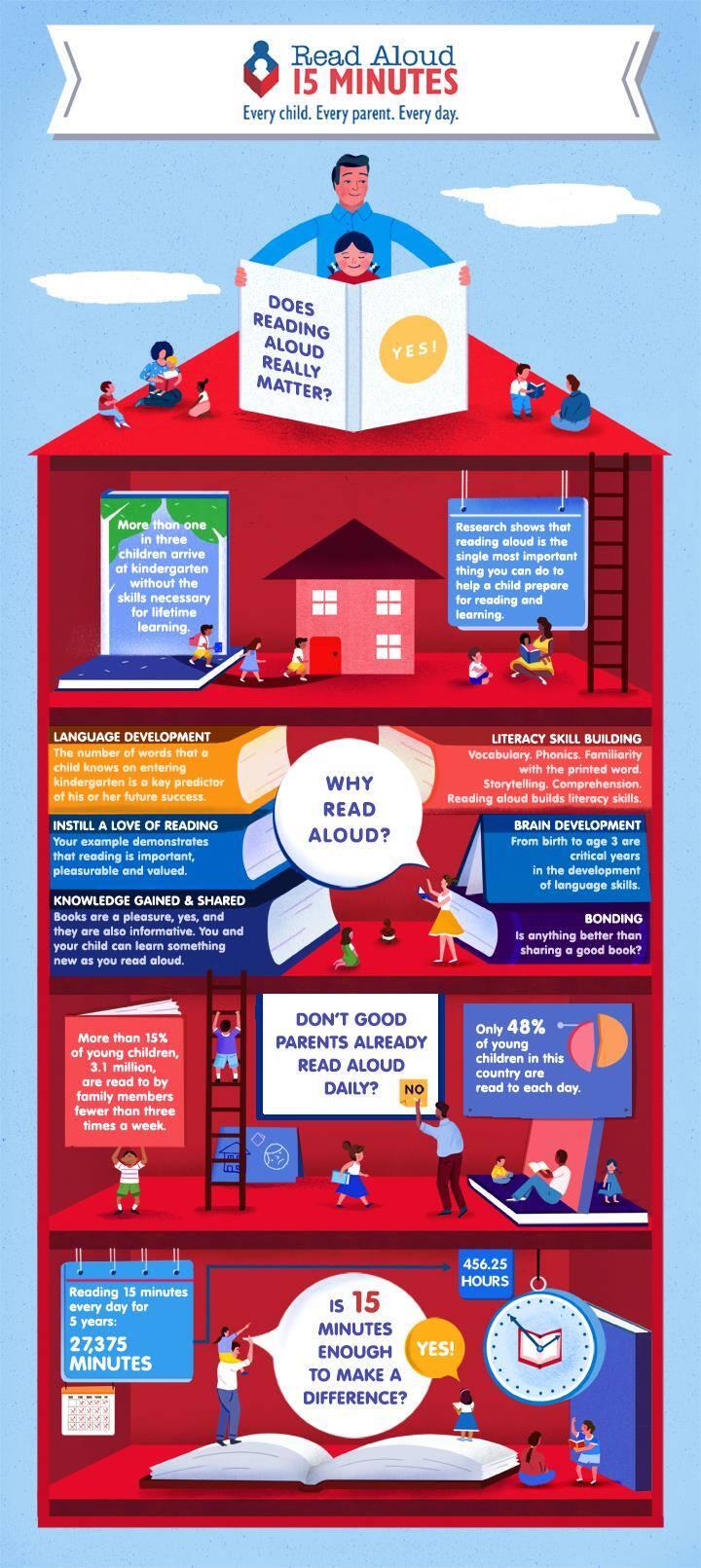Fall is in the air! The weather has been so
nice lately and I hope you all will have a chance to enjoy some of the fun
activities that come with Fall. As the weather becomes cooler, please remind
your students to bring their jackets as we go to recess around 10:30 each
morning. Unfortunately, cold and flu season has also arrived and we are going
through a lot of tissues! Hand washing is vital to staying healthy.
Congratulations to Caleigh and Sadie! They were selected
to serve on the Lighthouse Committee to promote “Leader in Me” principles and
practices in our school. We are proud of their leadership.
Congratulations to Ben! Our class elected him to
represent us as a member of the Student Leadership Team. Tatum was elected as
the alternate. She will be there to serve in Ben’s absence when necessary. We
know they will both do a great job!
Congratulations to Maggie! She was selected by her classmates as our "Leader of the Month," for practicing the 7 Habits and for leading by example! We will be proud to see her featured on the new wall display in the school lobby.
Congratulations to Maggie! She was selected by her classmates as our "Leader of the Month," for practicing the 7 Habits and for leading by example! We will be proud to see her featured on the new wall display in the school lobby.
MATH: Our work on
addition and subtraction of whole numbers has been quite successful for most
but challenging for others. We have assessed our skills but will revisit
addition and subtraction, will have another test in the near future, and will
apply the skills often in our Math work, especially in solving word problems. We
started multiplication and division this week and have practiced using
vocabulary and strategies that will help us as we move forward during the next
few weeks. Fact families are so important, so please practice those X facts
daily! Remember, there are many ways to do that – websites on this blog, flash
cards, writing the facts, and playing games with friends and family.
Standards:
MCC4.OA.1
Interpret a multiplication equation as a comparison, e.g.,interpret 35 = 5 × 7
as a statement that 35 is 5 times as many as 7 and 7 times as many as 5.
Represent verbal statements of multiplicative comparisons as multiplication
equations.
MCC4.OA.2 Multiply or divide
to solve word problems involving multiplicative comparison, e.g., by using
drawings and equations with a symbol for the unknown number to represent the
problem, distinguishing multiplicative comparison from additive comparison.
MCC4.OA.4 Find all factor pairs for a whole number in the range 1–100. Recognize that a whole number is a multiple of each of its factors. Determine whether a given whole number in the range 1–100 is a multiple of a given one-digit number. Determine whether a given whole number in the range 1–100 is prime or composite.
MCC4.NBT.5 Multiply a whole number of up to four digits by a one-digit whole number, and multiply two two-digit numbers, using strategies based on place value and the properties of operations. Illustrate and explain the calculation by using equations, rectangular arrays, and/or area models.
MCC4.OA.4 Find all factor pairs for a whole number in the range 1–100. Recognize that a whole number is a multiple of each of its factors. Determine whether a given whole number in the range 1–100 is a multiple of a given one-digit number. Determine whether a given whole number in the range 1–100 is prime or composite.
MCC4.NBT.5 Multiply a whole number of up to four digits by a one-digit whole number, and multiply two two-digit numbers, using strategies based on place value and the properties of operations. Illustrate and explain the calculation by using equations, rectangular arrays, and/or area models.
SCIENCE: Our study of weather and climate will continue. Today we went to the Science Lab to learn more about warm and cold fronts and how
they affect weather conditions. We were glad to have our volunteers, Mrs. Brown, Mrs. Hernandez, and Mrs. Sivley there to
help us. Another volunteer, Mr. Reece joined us in the Science Lab. He is the father of a first grader and a member of the FBI (Fathers Being Involved). Thanks for helping us learn!
Question: What is the Difference between Weather and Climate?
Question: What is the Difference between Weather and Climate?
Answer: The difference between weather and climate is easy! Every
day when you climb out of bed, you must plan your day around the weather. Rain
or snow, hot or cold, humid or dry, your daily events will likely be affected
by the current weather conditions. In fact, even with a five day forecast, you
are likely to still look out the window to see what the weather is doing. Therefore, Weather changes on a daily basis.
In general, if you live in Alaska,
your closet is not likely to be full of beach attire and flip flops. Similarly,
it is doubtful that a store selling wool mittens and triple layer winter coats
will be very successful in Florida. Therefore, Climate is
determined by the trends in weather patterns over an extended period of time.
Not days, or weeks, or months but years.
Climate Data Comes from Weather
Data
Scientists keep day-to-day weather statistics for 30 years in order to draw conclusions about local and regional climates. It is only when a location has 30 years of weather statistics that meteorologists can describe the climate of a particular area. Overall,, the difference between weather and climate is time. Weather happens daily and climate happens over longer periods.
Scientists keep day-to-day weather statistics for 30 years in order to draw conclusions about local and regional climates. It is only when a location has 30 years of weather statistics that meteorologists can describe the climate of a particular area. Overall,, the difference between weather and climate is time. Weather happens daily and climate happens over longer periods.
Standards:
S4E4.
Students will analyze weather charts/maps and collect weather data to predict
weather events and infer patterns and seasonal changes.
a. Identify
weather instruments and explain how each is used in gathering weather data and
making forecasts (thermometer, rain gauge, barometer, wind vane, anemometer).
b. Using a
weather map, identify the fronts, temperature, and precipitation and use the
information to interpret the weather conditions.
c. Use
observations and records of weather conditions to predict weather patterns
throughout the year.
d.
Differentiate between weather and climate.
SOCIAL STUDIES: We have completed our study of Maps and
Globes and have acquired skills that we will apply throughout the year as we
study the history and development of America. We will begin to learn about some
of America’s first peoples and how each group survived in and interacted with
their particular environments.
Standards:
Historical
Understandings SS4H1 The student will describe how early Native American
cultures developed in North America.
a.
Locate where Native Americans settled with emphasis on the Arctic (Inuit),
Northwest (Kwakiutl), Plateau (Nez Perce), Southwest (Hopi), Plains (Pawnee),
and Southeast (Seminole).
b. Describe how
Native Americans used their environment to obtain food, clothing, and shelter.
Geographic Understandings
Geographic Understandings
SS4G2 The
student will describe how physical systems affect human systems.
a. Explain why
each of the Native American groups (SS4H1a) occupied the areas they did, with
emphasis on why some developed permanent villages and others did not.
SPELLING: Sort 8
will focus on words that contain “r-influenced a in accented syllables.” (spelling
patterns –ar, -are, -air)
Parents, the “trial
test” homework assignment seems to be making a difference J. When those misspelled words are
identified early, students can focus on them. Go to the website, Spelling City,
from the Spelling Practice page on this blog, to type in those troublesome
words and practice, practice, practice! Parents, thank you for helping and
encouraging your children to become better spellers!


